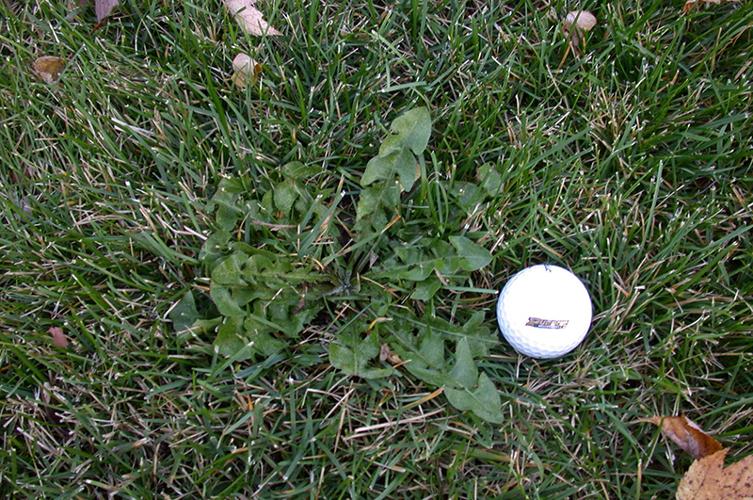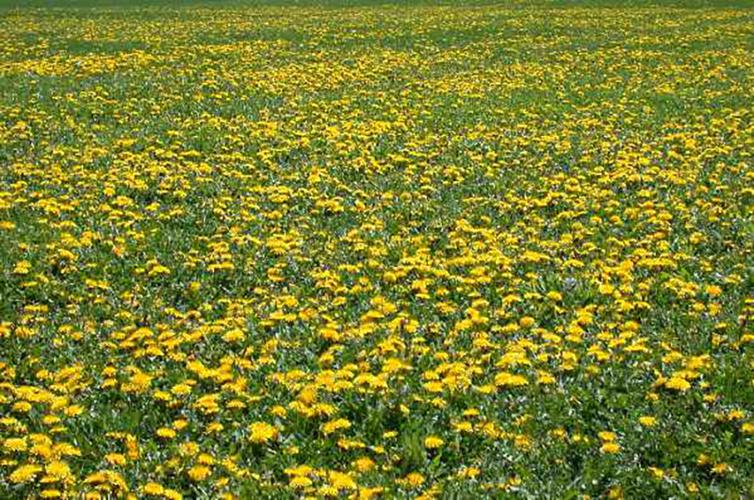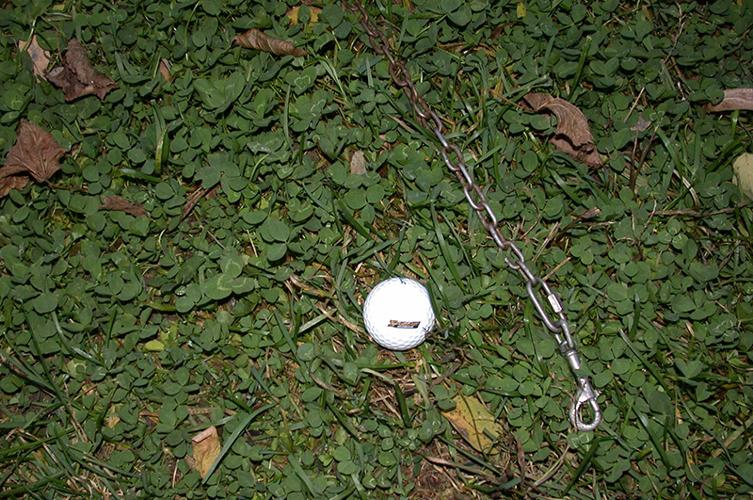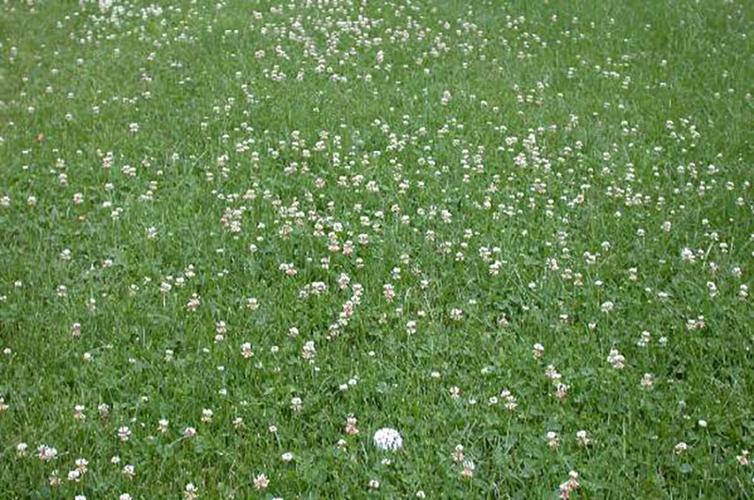Picture of the Week
September 28, 2020
Fall broadleaf weed control applications
Glenn Hardebeck, Turfgrass Research Agronomist, Purdue University
We are quickly approaching the best time of the year for controlling most perennial broadleaf weeds here in Indiana. While a good fall fertility program should be the primary approach to reducing weed problems, in most situations, fall is also the best time to apply broadleaf herbicides. Broadleaf applications made during October and November are more effective at killing the entire weed rather than merely “burning off the top” which is likely with spring applications. Winter itself appears to help out. While the herbicide may kill many weeds outright, still more weeds may be weakened to the point of succumbing to winterkill. The end result is less weedy flowers in the spring including those lovely yellow dandelions. So, mulch those leaves this fall and take a walk in the lawn to look for broadleaf weeds. Consider treating them now rather than waiting until they flower in the spring.
Tips for Improving Control during the Fall
- Apply during sunny days above 55 degrees F
- Check weather forecast to avoid rain after application
- Mulch or remove leaves before treating
- Avoid mowing the area for several days after application
- Spray applications are generally more effective than granular (weed and feed-type) when applied correctly
- Granular fertilizer/herbicide combinations should be applied to wet turf
- Application should be uniform and at the correct rate (a little extra is not always better)
Click image to enlarge
Dandelions may not be that noticeable now, but they will be next spring.
This white clover will be in full bloom next June.
White clover blooming quite happily in an area with no fall fertility program.




